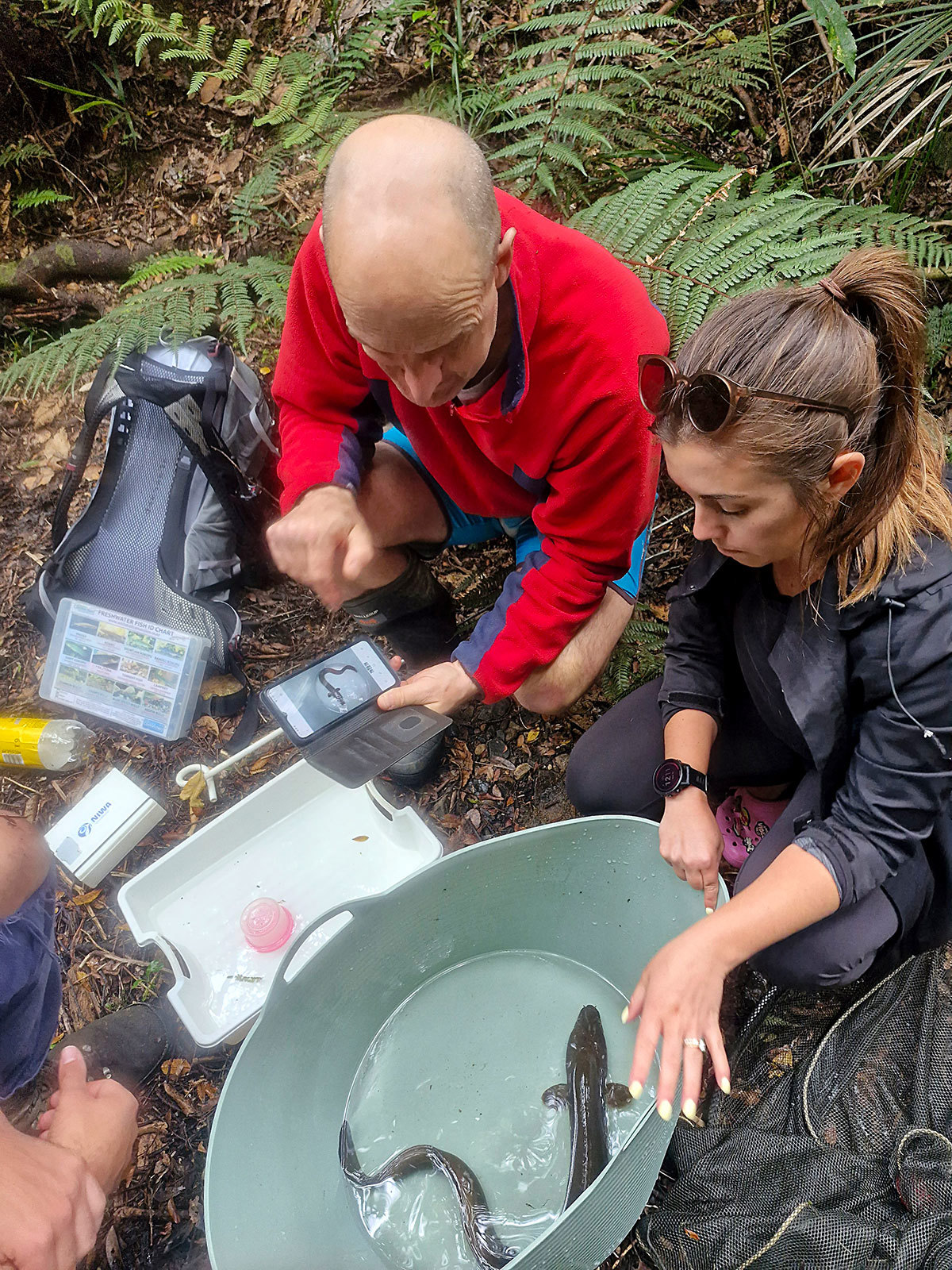Story
Kohinui ‘bioblitz’ uncovers thriving indigenous species
The long-tailed bat, the īnanga (a freshwater fish), and a delicately flowered native Woodsorrel are just some of the many taonga species found to be living in the Kohinui Stream catchment area during a recent ‘bioblitz’.
Kohinui Catchment Land Care Group (Kohinui Land Care) was formed by a group of residents passionate about conservation and the health of the Kohinui stream.
Their properties lie within a bush block of approximately 280 hectares that contain almost the entire catchment for the Kohinui stream, which runs southward to the coast at Parua Bay and out into Whangārei-te-rerenga-parāoa (Whangārei harbour).
The block lies within the rohe of Ngātu Tū ki Whangārei and contains freshwater, wetland and stream habitats, as well as coastal native forest. Coastal native forest is a nationally rare ecosystem, and this block provides an important native wildlife corridor for the district.
Kohinui Land Care decided to add to their knowledge of the catchment by conducting a bioblitz – a series of surveys that provide a snapshot of biodiversity in that place, at that particular time. This is a great way to learn more about an area and provides good information for tailoring biodiversity management to the species and habitats that a place contains.
NRC Biodiversity and Biosecurity staff, Mountains to Sea Conservation Trust, Weed Action, Aki Tai Here, local experts and landowners all participated in the bioblitz, held from 15-17 October.

Kohinui freshwater monitoring.
Surveys included sampling for invertebrates at six sites of dense bush, a vegetation survey day with two teams covering six plots, bird counts, a freshwater health survey with fish trapping, and a wetland survey. A brief assessment of threats and management recommendations was also included.
Among the many native species found to be residing in the Kohinui Stream area were the long-tailed bat (Chalinolobus tuberculatus, status ‘Threatened - Nationally Critical’), īnanga (Galaxias maculatus, status ‘At Risk – Declining’) and a native Woodsorrel (Oxalis magellanica, status ‘Regionally Significant’).
Following the bioblitz, Kohinui Land Care invited neighbours to a community picnic on Saturday 9 November, “to share the results, meet the neighbours and explore a small piece of this natural wonderland”. Attendees walked through the forest to the picnic site alongside the Kohinui stream. They were treated to kōrero on local Māori history from Ngāti Tū, as well as an overview of the Kohinui Land Care group, followed by discussions on the focus areas of birds, freshwater, bats, indigenous vegetation, invertebrates and weeds.
The survey returned some encouraging results and will be used to plan ongoing mahi to strengthen the native forest ecosystem and maintain Kohinui stream health, by working together as a community group.
If you’re interested in conducting a bioblitz, you can contact NRC’s biodiversity team for advice and help at [email protected]
